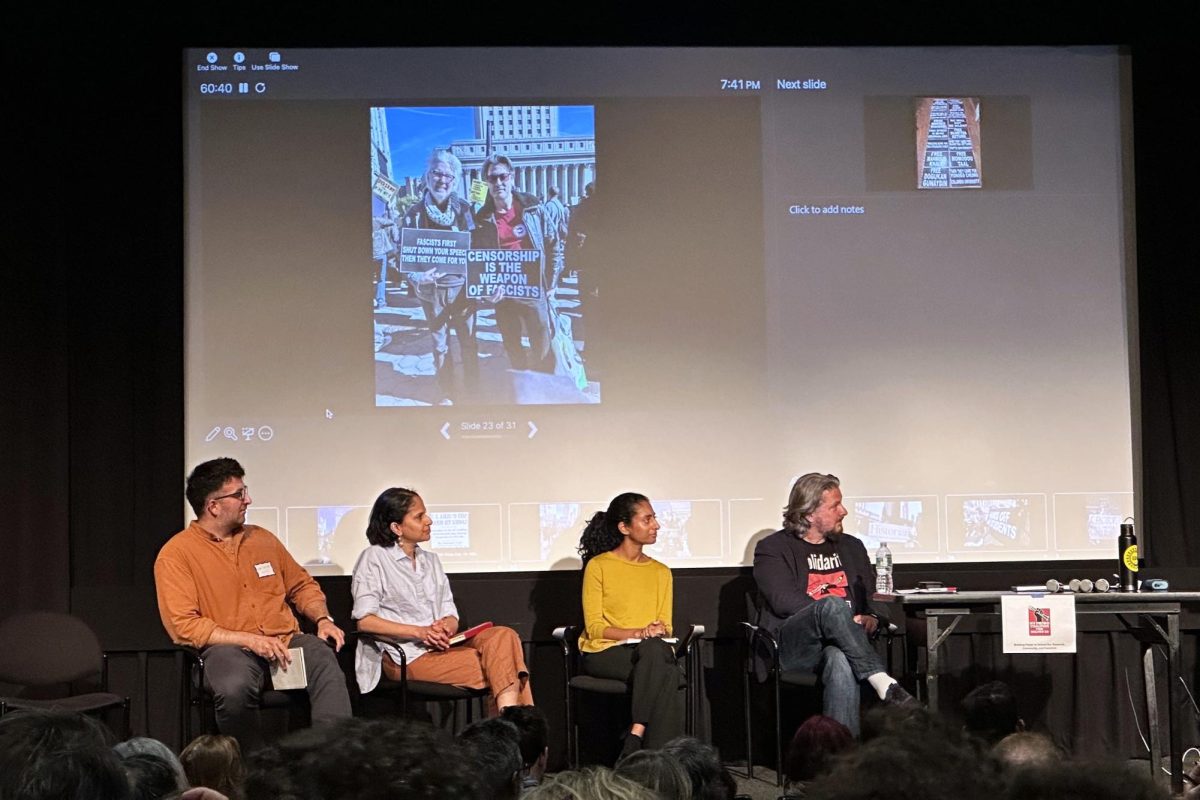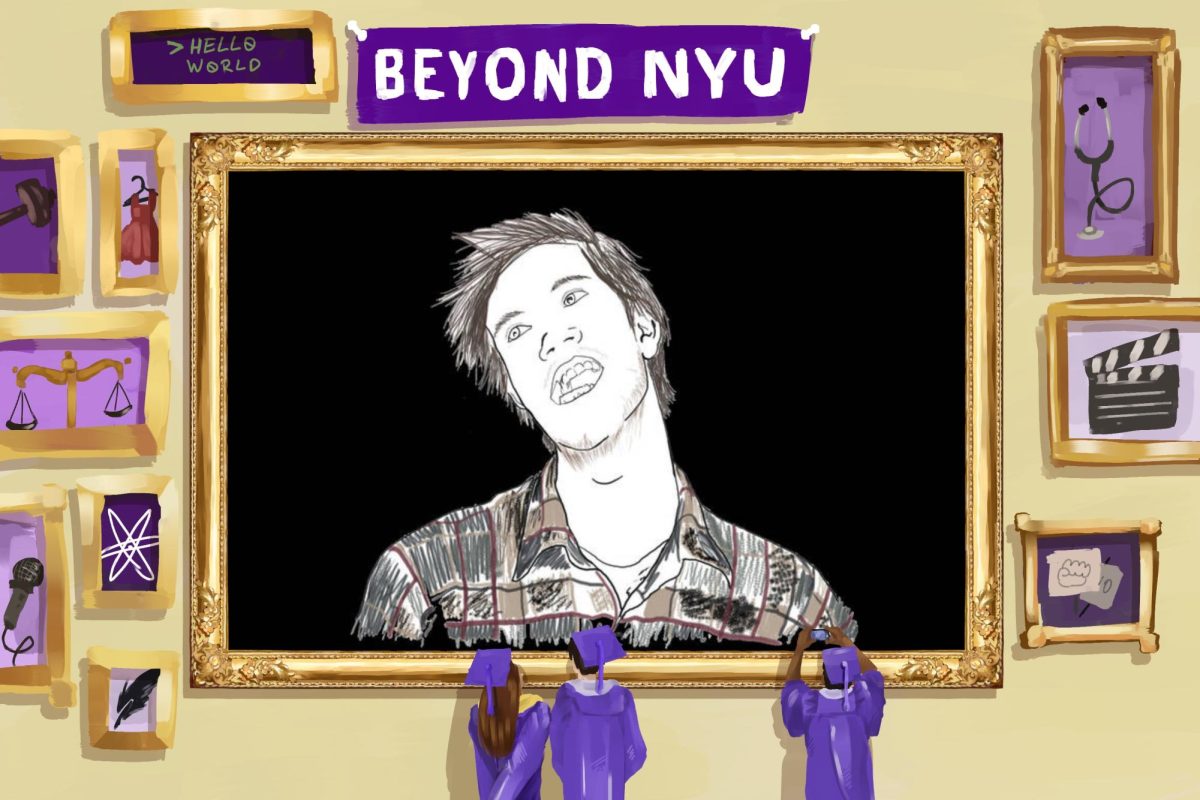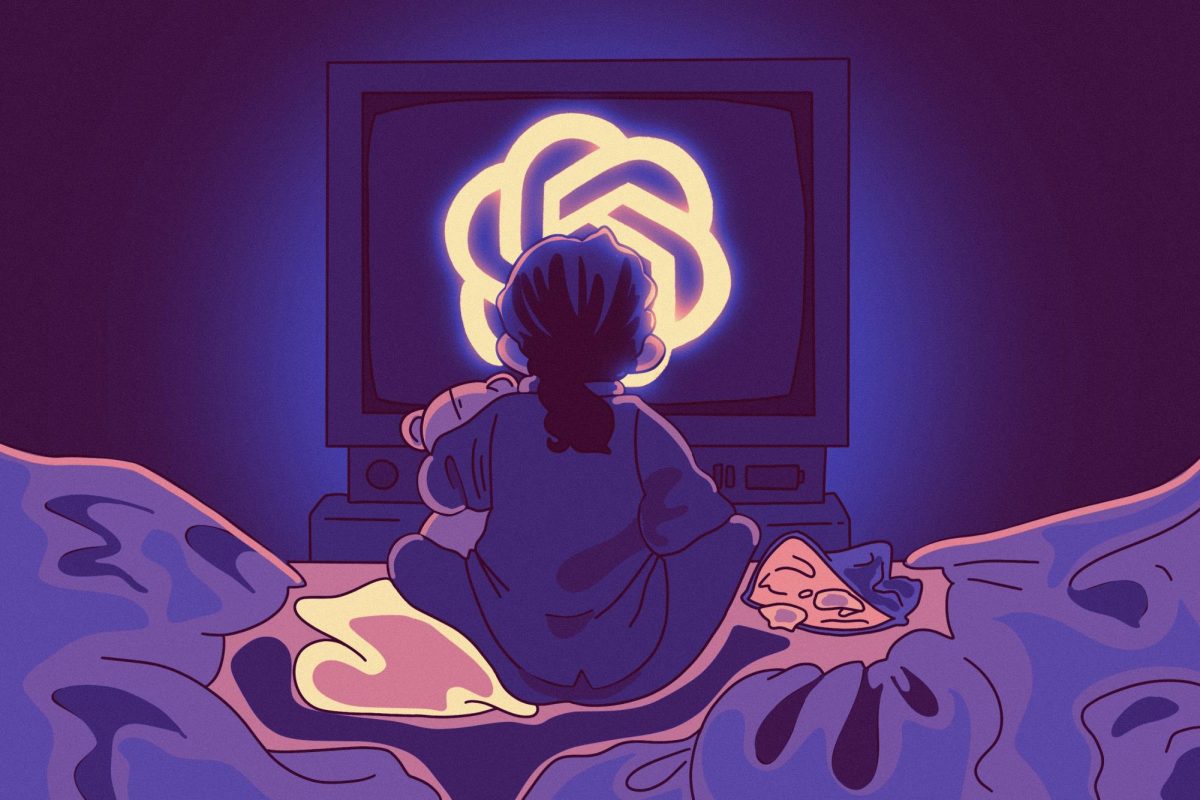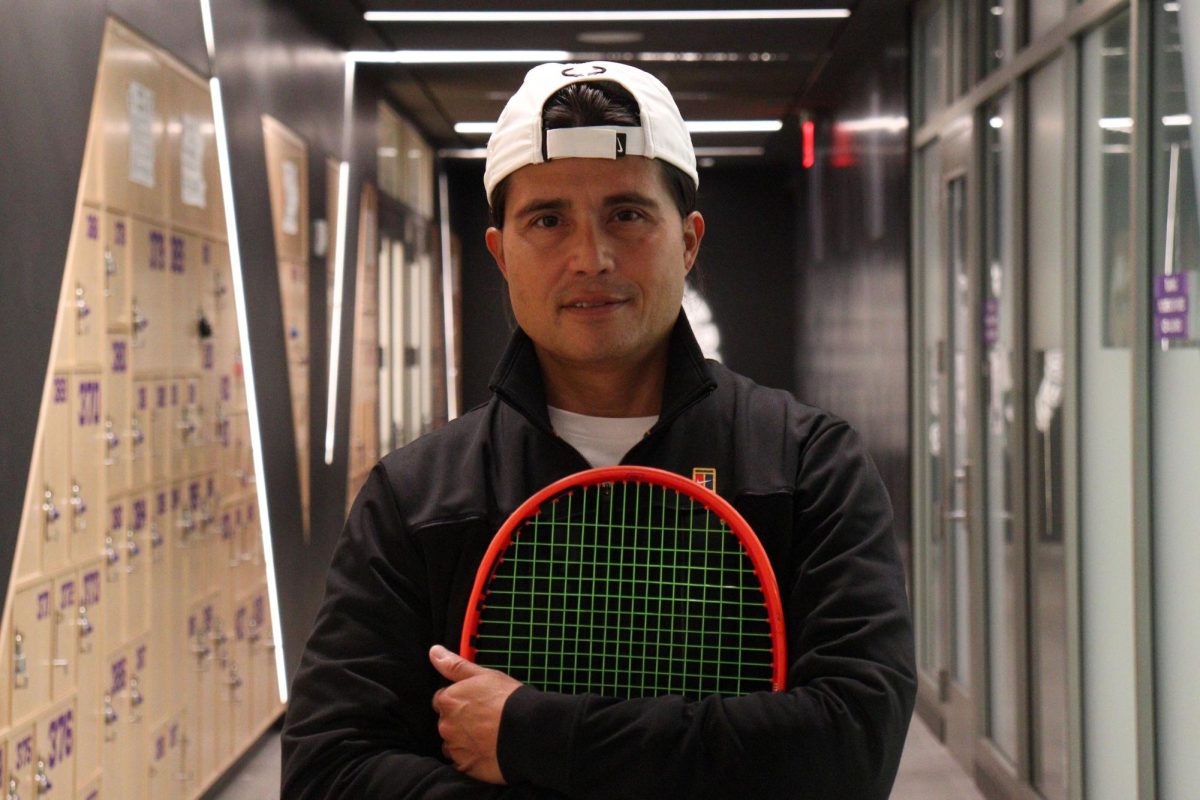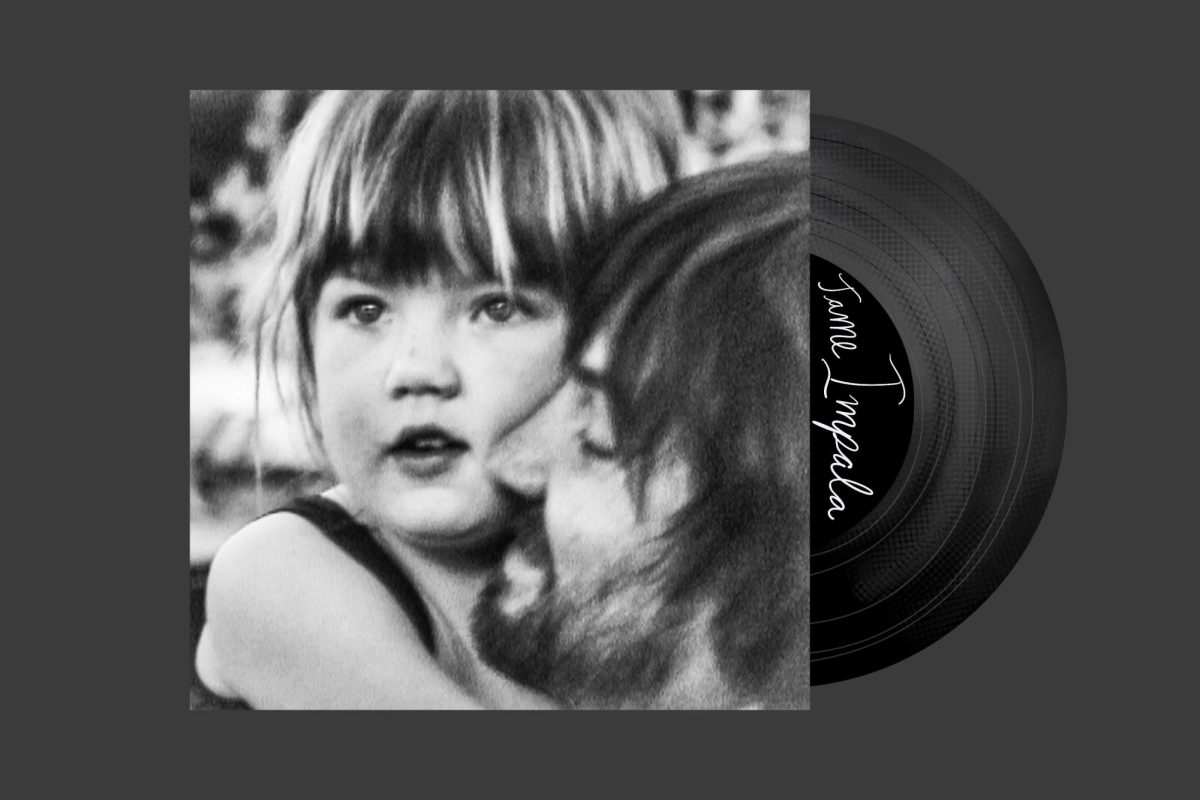Perfect Imperfections: Film vs. Digital
November 6, 2017
Looking back at history, we cannot thank Steven Sasson enough for opening the doors into the future of photography and cinematography with the invention of the digital camera. It’s been 42 years of constant progress and improvements that led to the infinite possibilities and styles that artists today have at hand. Capturing a photo is as simple as pressing one button — and if something is wrong, just keep pressing the shutter button until the perfect shot is attained. There is less space for mistakes and more ways of covering up imperfections in our digital generation. Though for some reason, more and more creators tend to feel nostalgic for those same imperfections. Even those who choose photography as a hobby today decide to invest or receive the old film cameras from friends and family.
Gallatin freshman Echo Chen was influenced by her father to get her Mamiya RZ67 camera because she found the process of developing intriguing.
“I prefer [film] over digital because it forces you to slow down and really think about what you’re shooting, what’s the best way to frame it and why you’re shooting it,” said Chen, who prefers to use film when working on portrait and street photography.
After experimenting with a Fujifilm Instax for a class project, Tandon junior Dylan Shaban invested in a Pentax K1000, wanting to further explore film possibilities.
“There’s a physical relationship you build with the process from shooting to the development of the film,” Shaban said. “With film I get this richness, grain and color quality that’s not necessarily better, but different than what I get digitally.”
His work is focused on personal and natural compositions of his family and friends — capturing the feeling right there in the moment.
“Maybe it’s an illusion in my eyes, but the film accentuates the natural state of things in the composition, it’s very present,” Shaban said.
Having received his Nikon F-601 from a friend, Tisch and Stern sophomore Juan Quimper explained that despite it having just as great tools as his digital camera, film may not be the best choice for all types of projects.
“Situations like [fashion shoots] require an instant display of the pictures, as well as a very high volume of shots and, of course, a digital RAW, large-format workflow,” Quimper said. “For something like that, a film camera — with slow-loading speeds and around 36 exposures per roll — might not be the most convenient these days.”
Alternatively, many professional photographers continue to work with film, despite its volume restrictions. Zev Starr-Tambor is a professional fashion photographer and cinematographer who has worked with publications like Vogue, photographed numerous fashion shows across the world and shot portraits of notable subjects like Michelle Obama, Cara Delevingne and Kanye West. He owns several film cameras and shoots short films on the “Super 8,” enjoying how each camera gives its own look for the different editorial projects he has worked on.
“In a nostalgic way, I do miss film, mostly for pleasure of the process, and the way a photographer used to be more like a magician,” Starr-Tambor said. “Now everyone performs that trick 20 times per day. But waiting for a contact sheet and a print to appear from a lab or enlarger still feels like magic.”
Apart from photography, some also choose motion capture film cameras over digital cinematography. Tisch sophomore Noah Kim said there is a monetary value that is tied to each roll, which forces one to think creatively in the moment.
“‘Super 8’ is amazing — you can physically touch your film,” Kim said. “It’s so weird to see it physically come to life as you shoot, cut, tape and play it on big screen. I love the color and life that analog has. It’s unmatched by digital.”
Disclaimer: Echo Chen is a staff photographer for the WSN.
A version of this article appeared in the Monday, Nov. 6 print edition. Email Polina Buchak at [email protected].

